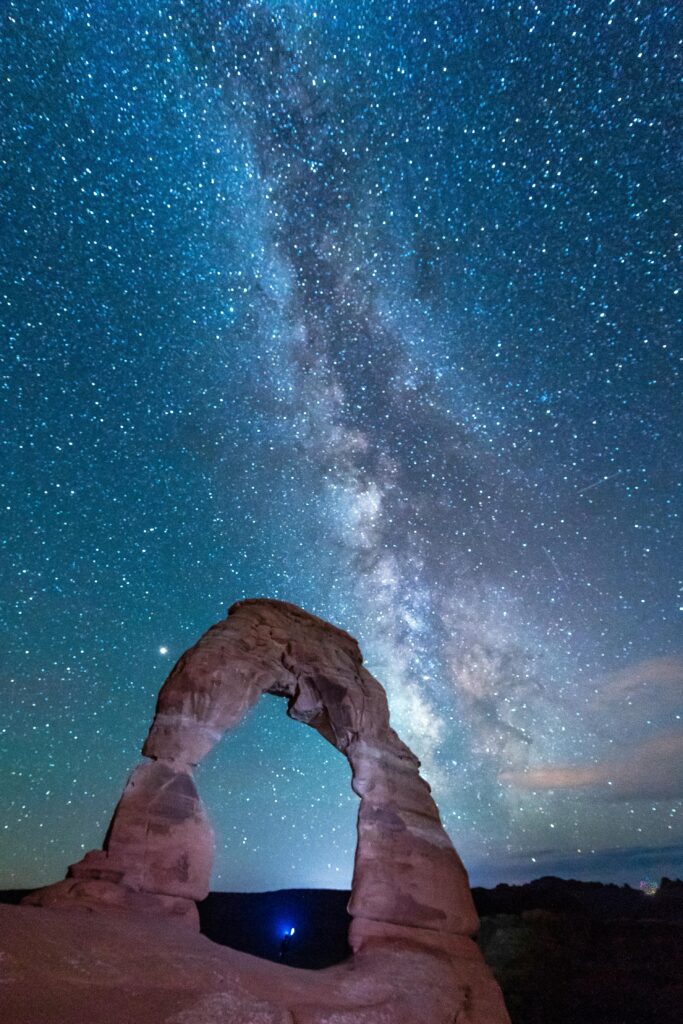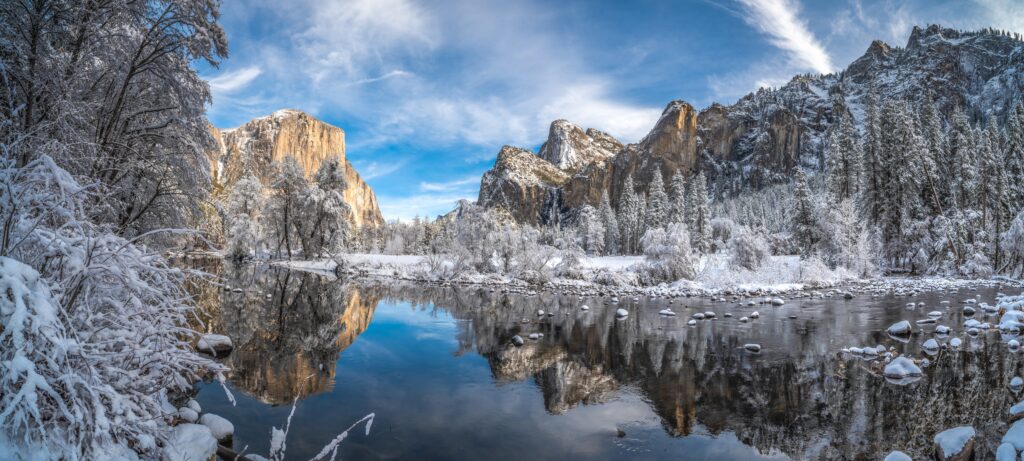
Arches National Park, located in southeastern Utah, is one of the most enchanting natural wonders in the United States. Renowned for it stunning array of rock formations, this park is a testament to the remarkable power of natural forces. With over 2,000 natural stone arches, along with other geological formations, it offers a unique experience for nature lovers, adventurers, and photographers alike. In this comprehensive guide, we’ll explore the park’s highlights, practical tips for visiting, and the rich history that makes Arches National Park a must-see destination.
A Geological Wonderland
Arches National Park is a geological marvel, showcasing a vast collection of natural arches, spires, and pinnacles.
These formations are primarily composed of Entrada sandstone, shaped by millions of years of erosion, weathering, and sedimentation. The park’s distinctive landscape is the result of a combination of factors, including the action of wind and water, temperature fluctuations, and the pressure of geological forces over time.
The Formation of Arches

The process of arch formation begins with the erosion of softer rock layers that overlie the more resistant Entrada sandstone. Water seeps into cracks in the rock, freezing and expanding in colder temperatures, which gradually widens these cracks. Over time, these cracks evolve into arches as the surrounding rock erodes away. This natural sculpting process has resulted in some of the most iconic rock formations in the world.
Must-See Landmarks
Arches National Park is home to several renowned landmarks that draw visitors from around the globe. Here are some of the park’s must-see features:
Delicate Arch
Perhaps the most famous arch in the park, Delicate Arch is an iconic symbol of the American Southwest. Standing 46 feet tall, this freestanding arch is a testament to the artistry of nature. The hike to Delicate Arch is a challenging 3-mile round trip with a steep ascent, but the view at the end is well worth the effort. The arch is particularly striking at sunset when the changing light creates a warm glow against the surrounding landscape.
Landscape Arch
Spanning 306 feet, Landscape Arch is one of the longest natural arches in the world. This delicate structure appears almost impossibly thin, with a graceful, sweeping curve. The hike to Landscape Arch is relatively easy, making it accessible for visitors of all skill levels. The trail offers stunning views of the surrounding rock formations and is a great way to experience the park’s diverse scenery.
Double Arch
Double Arch is another highlight of the park, featuring two massive arches that share a common base. This striking formation is a favorite among photographers due to its unique structure and the way it frames the sky. The hike to Double Arch is short and easy, making it a great option for families and those with limited time.
The Windows Section
The Windows Section of the park is home to several notable arches, including North Window, South Window, and Turret Arch. These formations are easily accessible via a short, scenic trail and offer fantastic opportunities for photography. The area provides panoramic views of the surrounding landscape, making it a popular spot for both sunrise and sunset visits.
Practical Tips for Visiting
When to Visit
The best time to visit Arches National Park is during the spring and fall months when temperatures are milder and crowds are smaller. Summer can be extremely hot, with temperatures often exceeding 100°F, while winter can bring cold temperatures and snow. The park is open year-round, but some roads and facilities may be closed during the winter months.
What to Bring
- Water – Always carry plenty of water, especially during the hotter months. Dehydration can be a serious concern in the desert environment.
- Sun Protection – Sunscreen, a wide-brimmed hat, and sunglasses are essential for protecting yourself from the intense sun.
- Footwear – Sturdy hiking boots or shoes with good traction are recommended for exploring the park’s trails.
- Camera – The park’s stunning landscapes provide ample opportunities for photography, so don’t forget your camera or smartphone.
Park Regulations
To preserve the park’s natural beauty and ensure a safe visit, it’s important to follow park regulations:
- Stay on Designated Trails – Avoid trampling fragile vegetation and rock formations by sticking to established trails.
- Leave No Trace – Pack out all trash and follow the principles of Leave No Trace to minimize your impact on the environment.
- Respect Wildlife – Observe animals from a distance and do not feed or approach them.
The History and Cultural Significance
Arches National Park is not only a geological wonder but also a place of cultural significance. The region has been inhabited by various Native American tribes, including the Ute, Navajo, and Paiute. These groups have long revered the land and its natural features, and their cultural heritage is intertwined with the park’s history.
In the late 19th and early 20th centuries, explorers and surveyors began to document the park’s unique rock formations, leading to increased interest in the area. In 1929, Arches National Monument was established, and it was later redesignated as a national park in 1971.
Conclusion
Arches National Park is a testament to the beauty and power of nature, offering visitors a chance to experience one of the most unique landscapes in the world. Whether you’re hiking to Delicate Arch, marveling at the sheer size of Landscape Arch, or simply taking in the breathtaking views from the Windows Section, the park provides endless opportunities for adventure and exploration. With its rich geological history, cultural significance, and stunning scenery, Arches National Park is a destination that captivates the imagination and leaves a lasting impression on all who visit.


